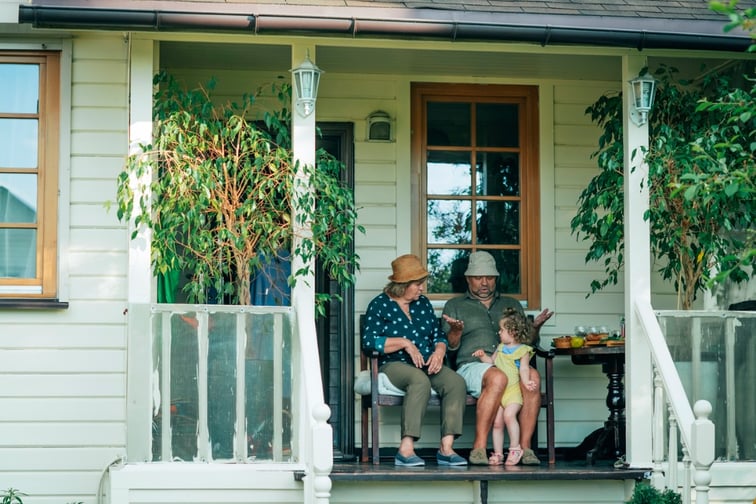

A greater proportion of lower-income Australians (aged 50 and up) who don’t own a home have little choice but to rely on expensive and insecure private rental housing, according to new AHURI research. However, there are options that can not only improve housing security but also benefit regional communities.
Titled Inquiry into housing policies and practices for precariously housed older Australians, the report found that lower-income older Australians face additional barriers in the housing market: lower levels of education, lesser likelihood of being employed, and greater likelihood of living alone and needing housing modifications to address health issues.
The research, undertaken by researchers from University of South Australia, RMIT University, Curtin University, and Flinders University, highlighted two areas of lending that can potentially deliver homeownership to older Australians on low incomes: shared equity mortgages and forms of land lease developments.
In a land lease arrangement, the household owns the house but not the land where it’s built. The land is leased from another person or corporation. Not owning the land component of their housing, can make homeowners eligible for some Commonwealth Rent Assistance (CRA), which can improve housing affordability.
“Not all buyers have sufficient cash to purchase a land lease home, but some could support a small mortgage as a way of obtaining security of tenure and preserving their capital,” said Debbie Faulkner from the University of South Australia. “However, banks rarely lend for this type of product. This refusal to provide mortgages was criticised as being inconsistent, as banks do lend for other depreciating assets such as cars.”
The hunt for lower-cost land for housing, such as lend lease, for lower income older Australians has led to heightened interest in living in regional areas.
“Regional centres can provide the land parcels required for low-density development models and offer an option for developers and investors who are more risk averse and willing to accept lower returns,” Faulkner said. “It’s important though, that regional housing options are accompanied by investment in the services older people need to age well, such as in health and community connection.”
Developing seniors housing in smaller cities and towns is also beneficial in that it can bring greater rate revenue to local councils as well as increased spending by seniors on goods and services in the locality. To make this possible, land should be made available at a subsidy, for example, by regional councils.
“Building higher-density housing, including one-bedroom or studio units, can also suit the older age group, as it provides potential affordability, lower maintenance, and increased opportunity for social connections and support,” Faulkner said.
“Co-living was seen as an option for some older people. While older householders usually had a strong preference for larger, fully self-contained dwellings and private open space, many of the pre-retirement informants indicated an openness to communal living arrangements, ranging from having shared laundries to co-living. These findings suggest a welcome generational shift in thinking is occurring.”
The research also showed the importance of housing literacy among older, lower-income Australians, to enable them to make effective housing decisions and transitions as their housing needs change.
The report can be downloaded from the AHURI website.
Use the comment section below to tell us how you felt about this.
